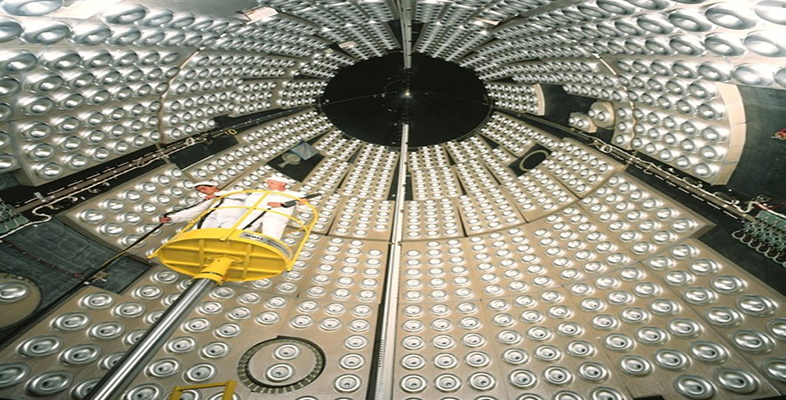6.4 Management or innovation management?
It could be argued that if change, innovation and technology are ubiquitous in almost every contemporary organisation, then that would mean that nearly all management is to a greater or lesser extent innovation management and that this is reflected in the scope and diversity of the lists quoted in Section 5.3. That said, we do need to sound a note of caution, which is that:
Innovation management should not be confused with management innovation. The latter has been defined as ‘the invention and implementation of a management practice, process, structure or technique that is new to the state of the art and is intended to further organisational goals.’
If we combine the discussion of how innovation management has evolved with the discussion of definitions and the lists of IM features given earlier, what becomes clear is that because ‘innovation’ is applied to anything from incremental change to radical innovation, the extent of the applicability or use of these roles, activities, skills and resources will be dependent on the form of innovation a person or group is involved in, and its context, and will undoubtedly change over time.
In practice, however, it is well recognised that 90 per cent of all innovation management activity is not directed at the ‘revolutionary’ – radical – level. For example, in the late 19th century the horseless carriage launched a revolution in automobile transportation. Since then the state-of-the-art for cars has moved on, primarily through a succession of incremental and generational-type technical changes to both the product and the manufacturing processes. These types of less than radical technological change therefore dominate most of the demands put on innovation managers, regardless of whether they are in a manufacturing or a service sector. In short, managing evolutionary or incremental change is not glamorous or dramatic, but it is where most of the work is.
